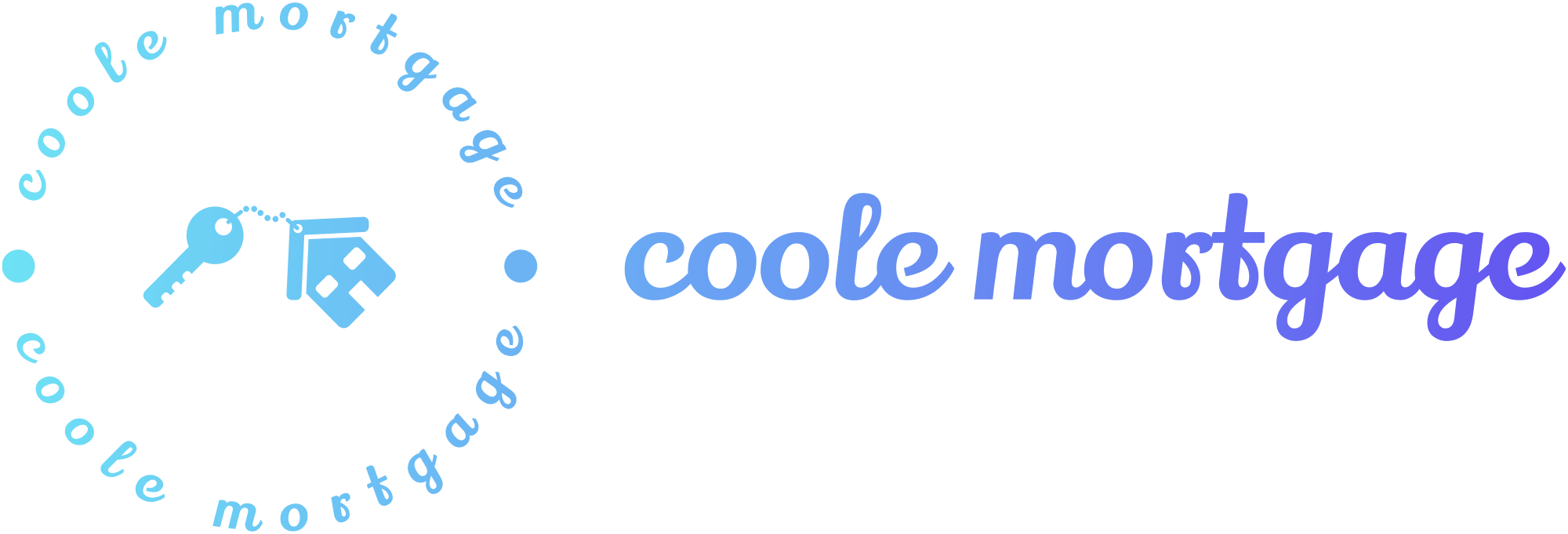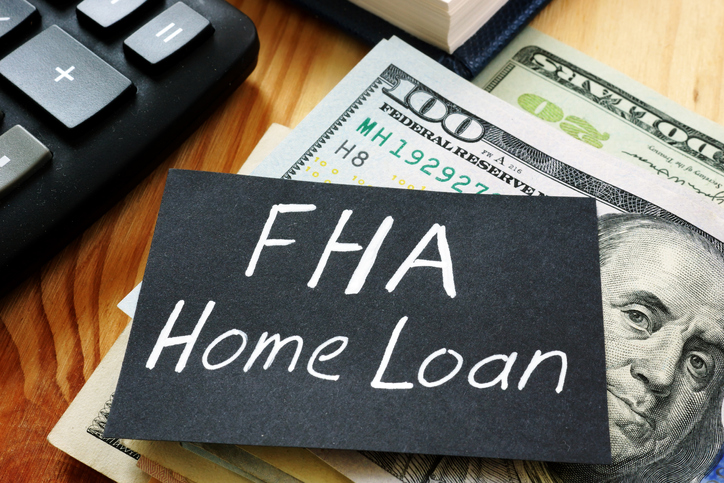Refinancing from an FHA to Conventional Loan
As a homeowner with an FHA loan, you’re likely well-versed in its benefits and requirements. But as your homeownership journey evolves, so might your mortgage needs. Perhaps you’ve built up equity, improved your credit score, or encountered changes in your financial landscape — prompting the question: Is it time to refinance from an FHA to a conventional loan?
Refinancing from an FHA to a conventional loan can offer a myriad of advantages, from eliminating mortgage insurance premiums to securing lower interest rates and more favorable terms.
This article will lay out a clear roadmap for the process while weighing the pros and cons.
Why you should Consider Refinancing to a Conventional Loan
When you first qualified for an FHA loan, its features—like lower down payment requirements and more lenient credit score thresholds—may have been exactly what you needed. However, as your financial situation evolves, the scales might tip in favor of a conventional loan for several compelling reasons.
Removal of Monthly Mortgage Insurance Premiums (MIP)
One of the most significant draws towards refinancing into a conventional loan is the potential to eliminate mortgage insurance. FHA loans require ongoing mortgage insurance premiums, which are in place regardless of your equity stake. Once you’ve built up 20% equity in your home, a conventional loan often does away with the need for private mortgage insurance (PMI), which can result in considerable monthly savings.
Potential for Lower Interest Rates
Interest rates are constantly in flux, influenced by market conditions and your personal credit profile. If interest rates have dropped since you secured your FHA loan, or if your creditworthiness has improved, refinancing to a conventional loan could lock in a lower rate, thereby reducing your monthly payment and the amount of interest paid over the life of your loan.
Flexibility with Loan Terms
Conventional loans come with a variety of terms, ranging typically from 10 to 30 years, and include fixed or adjustable rates. This flexibility allows you to choose a term that fits your financial goals—whether that’s lowering your monthly payment or saving on interest by accelerating your payoff schedule.
Increased Equity Building
Without the burden of MIP and potentially with a lower interest rate, more of your monthly payment can go towards the principal balance of your loan. This accelerated equity building is a smart financial move, increasing your home’s net value to you and offering greater financial security and freedom.
pros and cons
refinancing Pros
refinancing Cons
Eligibility for Refinancing from FHA to Conventional
Refinancing is not a gauranteed process; it is contingent upon meeting specific eligibility criteria set by lenders. These criteria are designed to ensure that you are in a stable financial position to manage the new loan terms without default risk. Here’s what lenders typically look for:
Conventional Equity Requirements
A fundamental requirement for refinancing into a conventional loan is having sufficient equity in your home. Lenders often require that you have at least 20% equity to waive private mortgage insurance (PMI).
Equity is calculated by assessing the current value of your property versus the remaining loan balance. An appraisal will typically be required to determine your home’s current market value.
Can an FHA loan be refinanced into a Conventional with less than 20% equity?
Yes, an FHA loan can be refinanced into a conventional loan even with less than 20% equity in the home.
However, if you refinance with less than 20% equity, most lenders will require you to pay for private mortgage insurance (PMI). PMI is similar to the mortgage insurance premiums (MIP) on FHA loans but are often be canceled once you’ve reached 20% equity in your home, unlike MIP which is typically required for the life of the loan on most FHA loans.
The exact equity requirements can vary by lender and could depend on other factors such as your credit score and debt-to-income ratio.
Credit Score Criteria
Your credit score plays a critical role in refinancing eligibility. It affects not only your ability to qualify but also the interest rate you’ll receive. Conventional lenders generally look for a credit score of at least 620.
Debt-to-Income Ratio
Lenders will examine your debt-to-income (DTI) ratio, which is the percentage of your monthly income that goes towards paying debts. A lower DTI ratio is preferable, with the ideal ratio typically being around 43%. This figure reassures lenders that you have enough income to cover your mortgage payments alongside other financial obligations.
Conventional loans typically enforce more stringent debt-to-income ratio criteria, whereas FHA loans are generally more flexible with regard to borrower debt levels.
Wating Periods to refinance
While there’s no universal waiting period to refinance from an FHA to a conventional loan, lenders may have specific policies. Some may require a seasoning period, which is a certain amount of time that must pass after the origination of your FHA loan before refinancing can take place. This period is typically six months from the origination for the FHA loan and ensures that lenders have a record of timely mortgage payments before they approve a refinance..
Bankruptcy – FHA vs Conventional
The timeline for refinancing after a bankruptcy is also different for conventional loans compared to FHA loans. FHA loans are generally more forgiving, allowing borrowers to refinance as soon as two years after a Chapter 7 bankruptcy discharge, provided they’ve maintained good credit since the bankruptcy. For a conventional loan, the waiting period after a Chapter 7 bankruptcy is typically four years.
If the bankruptcy was a Chapter 13, FHA requires a borrower to have made at least 12 on-time payments and to receive court approval for the refinance, while conventional loans may require the bankruptcy to be fully discharged, which can take three to five years.
Foreclosure – FHA vs Conventional
If you have a foreclosure in your credit history, FHA loans require a three-year waiting period from the date of the foreclosure before you can apply for a new loan. In contrast, conventional loans backed by Fannie Mae or Freddie Mac typically have a longer waiting period—usually seven years.
Short Sale – FHA vs Conventional
After a short sale, FHA guidelines require a waiting period of three years before a borrower can get a new FHA loan. However, the waiting period for a conventional loan after a short sale can vary. For a conventional loan backed by Fannie Mae or Freddie Mac, the typical waiting period is four years. This period can be even longer—up to seven years—when no extenuating circumstances are present.
It’s important to reestablish a solid credit history following these events to increase the chances of refinancing approval. Lenders will scrutinize your financial recovery and management post-event to assess the risk in transitioning you to a conventional loan. Reade more about how to improve your credit score.
the process of refinancing into a conventional loan
Refinancing your FHA loan into a conventional mortgage follows a process similar to your initial home purchase experience.
Below are the key steps, but engaging with a mortgage loan officer is the best advise. These professionals are dedicated to assisting you in financing your home. A competent loan officer can guide you through addressing any potential issues and assess whether you meet the necessary eligibility criteria.
1st step in refinancing
The first step involves taking a close look at your current financial situation. This includes reviewing your credit score, current loan balance, home equity, and debt-to-income (DTI) ratio. This assessment will help you understand your eligibility and potential benefits of refinancing to a conventional loan.
2. Comparison of Loan Terms Between FHA and Conventional
Before proceeding, compare the specific terms of your current FHA loan with those of potential conventional loans. Focus on interest rates, loan terms, PMI requirements (for loans with less than 20% equity), and any prepayment penalties. This comparison will highlight the financial impacts of refinancing.
3. Application Process and Documentation Required
Once you decide to move forward, you’ll need to submit a loan application to a mortgage lender. Be prepared to provide extensive documentation, including proof of income (W-2s, pay stubs, and tax returns), asset statements, a current mortgage statement, and identification documents. Your lender may also require additional paperwork based on your unique financial situation.
4. Appraisal of Property Value
Your lender will order an appraisal to determine the current market value of your home. The appraisal is a crucial step as it affects the loan-to-value ratio (LTV), a key factor in determining your eligibility for a conventional loan and whether PMI will be required.
5. Approval Process and Underwriting Criteria
After the application and appraisal, your loan will undergo the underwriting process. The lender’s underwriters will verify your financial information, ensuring it meets their criteria for a conventional loan. This stage will assess your creditworthiness and the risk associated with giving you a loan.
6. Explanation of Closing Costs and Other Fees
Before finalizing the refinance, it’s essential to understand all associated costs. Closing costs for a conventional loan refinance can include loan origination fees, appraisal fees, title insurance, and others. Some lenders offer the option to roll these costs into the loan if equity allows, but this will affect your loan amount and monthly payments.
7. Closing
Once the loan is approved, and all conditions are met, you’ll proceed to closing. This final step involves signing a multitude of legal documents that officially transfer your loan from FHA to a conventional mortgage. Upon signing, you’ll also pay any remaining closing costs not rolled into the loan.
case studies – Examples of successful and Lessons learned from less successful refinances
Through examining real-world examples, we can derive insights into best practices and common pitfalls.
Below are hypothetical case studies that highlight both successful and less successful refinancing efforts.
Successful Refinances
Case Study 1: The Equity Builder
- Background: After five years of homeownership, a couple had significantly improved their credit scores and built up 25% equity in their home due to property value increases and consistent mortgage payments.
- Refinancing Process: They refinanced to a conventional loan, eliminating their mortgage insurance and securing a lower interest rate.
- Outcome: Their monthly payments decreased significantly, and they opted for a 20-year loan term, accelerating their mortgage payoff timeline.
- Lesson: Building equity and improving credit can lead to substantial savings and more favorable loan terms when refinancing.
Case Study 2: The Long-Term Saver
- Background: A single homeowner with a steady income and a moderate increase in home value since purchase.
- Refinancing Process: Despite having only 15% equity, the homeowner refinanced from an FHA to a conventional loan with PMI.
- Outcome: Thanks to a much lower interest rate, even with PMI, the homeowner reduced their monthly payments and will save over $30,000 in interest over the life of the loan.
- Lesson: Even with less than 20% equity, refinancing can offer long-term savings if you secure a significantly lower interest rate.
Less Successful Refinances
Case Study 3: The Overlooked Costs
- Background: Eager to eliminate their FHA mortgage insurance, a homeowner rushed into refinancing with only 10% home equity.
- Refinancing Process: They secured a conventional loan with PMI, failing to account for the high closing costs.
- Outcome: The reduction in monthly payments was minimal, and it would take over five years to recoup the closing costs.
- Lesson: Always factor in closing costs and the break-even point when considering refinancing.
Case Study 4: The Market Timing Misstep
- Background: A homeowner attempted to refinance to a conventional loan when interest rates were rising, aiming to remove FHA mortgage insurance.
- Refinancing Process: They found that despite a good credit score, the higher interest rates negated the savings from eliminating mortgage insurance.
- Outcome: The homeowner decided against refinancing after calculating that the monthly payments would increase.
- Lesson: Market conditions and interest rates are critical factors in the timing of your refinance decision.






